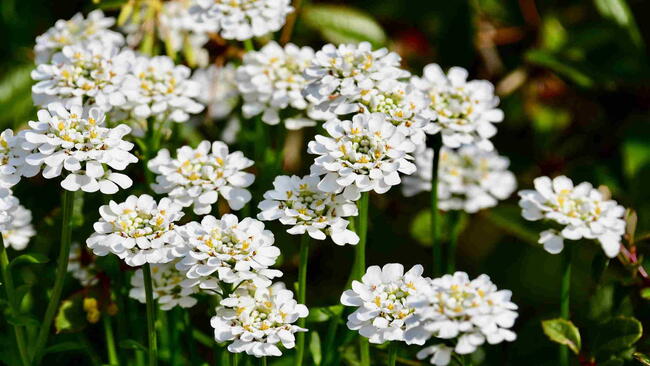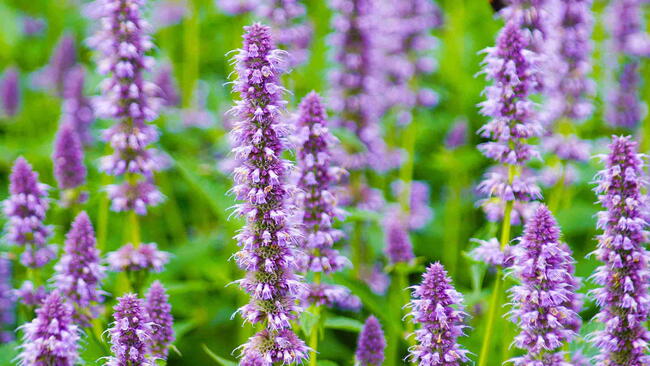
Photo Credit
Kathryn Roach
Botanical Name
Thymus serpyllum
Plant Type
Soil pH
Bloom Time
Special Features
Subhead
Planting, Growing, and Caring for Creeping Thyme
Read Next
Types
New varieties are hitting the market all the thyme (heh heh) and many are specifically designed for ground cover use. As long as it’s hardy in your zone and you don’t overwater it, you can’t really pick a bad one. Several other species of thyme have been bred for use as creeping ground covers as well.
- T. praecox ‘Coccineus’ is a red creeping thyme that blooms deep, dark pink or magenta. It is very tough and drought-tolerant.
- T. pseudolanuginosus woolly thyme has a fuzzy appearance and grayish-green foliage. Although this species is excellent for xeriscaping, it does not flower often. It’s hardy in USDA zones 5–8 and tolerates more foot traffic than other creeping thymes.
- You can’t go wrong with the original Thymus serpyllum or common creeping thyme. Growing only 3 inches tall, it produces a thick blanket of pink flowers. If you have trouble deciding, this is a good place to start.
Gardening Products
More Like This
Thinking of adding it to my garden. One question though: is it deer and critter resistant? Having trouble with deer, rabbits, chipmunks and ground hogs.
Hello- I replaced my whole front lawn with thyme & sedum. Where I live has poor sandy soil, and I became tired of mowing weeds, of course I added plenty of perennials dispersed throughout the front yard.
I also have a large patch of thyme in my backyard which I have to keep fenced as if my female dog urinates on the thyme it leaves a very brown, dead spot in the middle of my thyme patch. Just a fyi
Hi George. As it sounds like you are already aware, there is very little, vegetation-wise, that deer will NEVER eat. But when it comes to preferences, creeping thyme is low on their list, and is therefore typically considered deer-resistant. So long as there are options they prefer nearby, they'll likely leave your thyme alone.
Butterfly Watch ~ a. monarch butterfly b. cabbage patch butterflies c. yellow swallowtail butterfly-Beautiful butterflies a neighbors pollinator garden~
I have creeping thyme on a slope between lawn and a strawberry bed. The creeping thyme is great for erosion control. Bees love it.













Comments